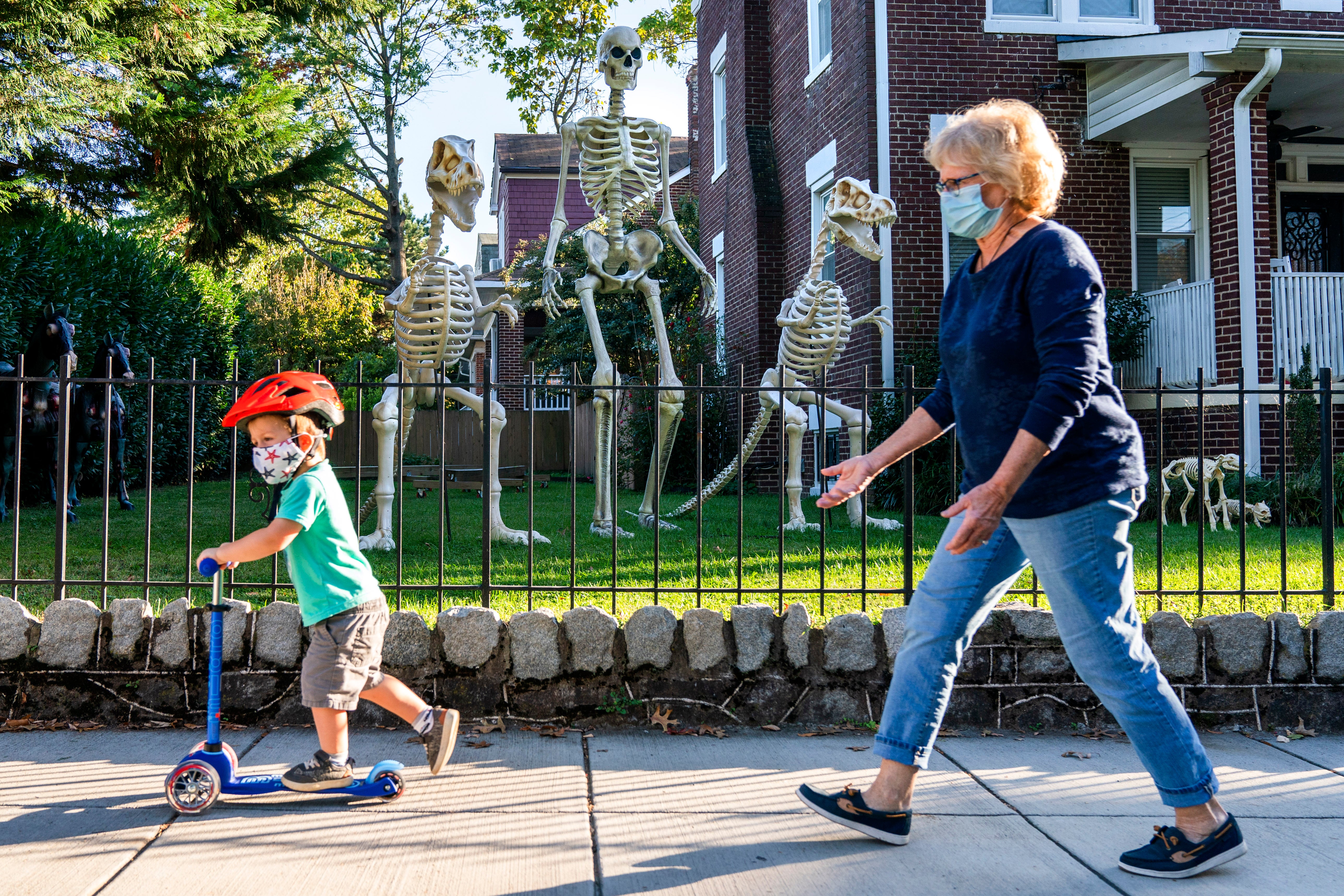DC Mayor: Rising numbers show 'COVID fatigue' relaxation
Officials in the nation’s capital are warning residents not to relax their COVID-19 precautions as the local infection numbers rise and the winter flu season approaches

Your support helps us to tell the story
From reproductive rights to climate change to Big Tech, The Independent is on the ground when the story is developing. Whether it's investigating the financials of Elon Musk's pro-Trump PAC or producing our latest documentary, 'The A Word', which shines a light on the American women fighting for reproductive rights, we know how important it is to parse out the facts from the messaging.
At such a critical moment in US history, we need reporters on the ground. Your donation allows us to keep sending journalists to speak to both sides of the story.
The Independent is trusted by Americans across the entire political spectrum. And unlike many other quality news outlets, we choose not to lock Americans out of our reporting and analysis with paywalls. We believe quality journalism should be available to everyone, paid for by those who can afford it.
Your support makes all the difference.Officials in the nation's capital are warning residents not to relax their COVID-19 vigilance as the local infection numbers rise and the winter flu season approaches. More than 20% of new cases are people who had been to a restaurant or bar in the preceding two weeks and nearly a quarter had attended some sort of social event, according to contact tracing interviews.
“We should continue to choose our activities wisely and don't succumb to COVID fatigue ” Mayor Muriel Bowser said Wednesday. “Don't get tired of protecting yourself and your entire community.”
Newly identified infections have slowly crept upward, averaging between 40 and 80 new cases per day. But one of the city's preferred metrics — a seven-day moving average of cases per 100,000 residents — has spiked, from 5.3 on Oct 3 to 9.7 on Oct. 11.
Health Department Director Dr. LaQuandra Nesbit said contact tracing revealed a recent relaxation for some, and said colleagues around the country had reported identical trends.
For the people who had attended a social event — defined as a gathering of five or more — 63% said the participants had been casual about masks and social distancing. Nesbit said people at a “small birthday party” or similar gathering tended to act more casually among a familiar group than they would out in public.
“It's a phenomenon that's happening around the country,” she said. Under-socialized residents were “becoming relaxed when they attend gatherings that are hosted by their friends and families.”
The contact tracing also revealed that 21.7% of new cases were of people who had gone into work in the past two weeks, and that 17.6% had recently traveled.
Nesbit would not comment on the possible ripple effect from an outbreak at the White House that infected President Donald Trump, multiple senior staff members and two U.S. senators, among others.
Washington has struggled with how to respond to that outbreak, and officials said multiple efforts to contact the White House had not produced a satisfactory reply. Then last week, the Department of Health took the exceptional step of releasing an open letter publicly questioning the thoroughness of the White House contact tracing effort.
The letter called on all White House staff and anyone who attended the Sept. 26 event in the Rose Garden in which Trump introduced his Supreme Court nominee, Amy Coney Barrett, to seek medical advice and take a COVID-19 test. On Wednesday, Nesbit would not say if any of the recent new cases were linked to the White House.
___
Follow Ashraf Khalil on Twitter at: https://twitter.com/ashrafkhalil